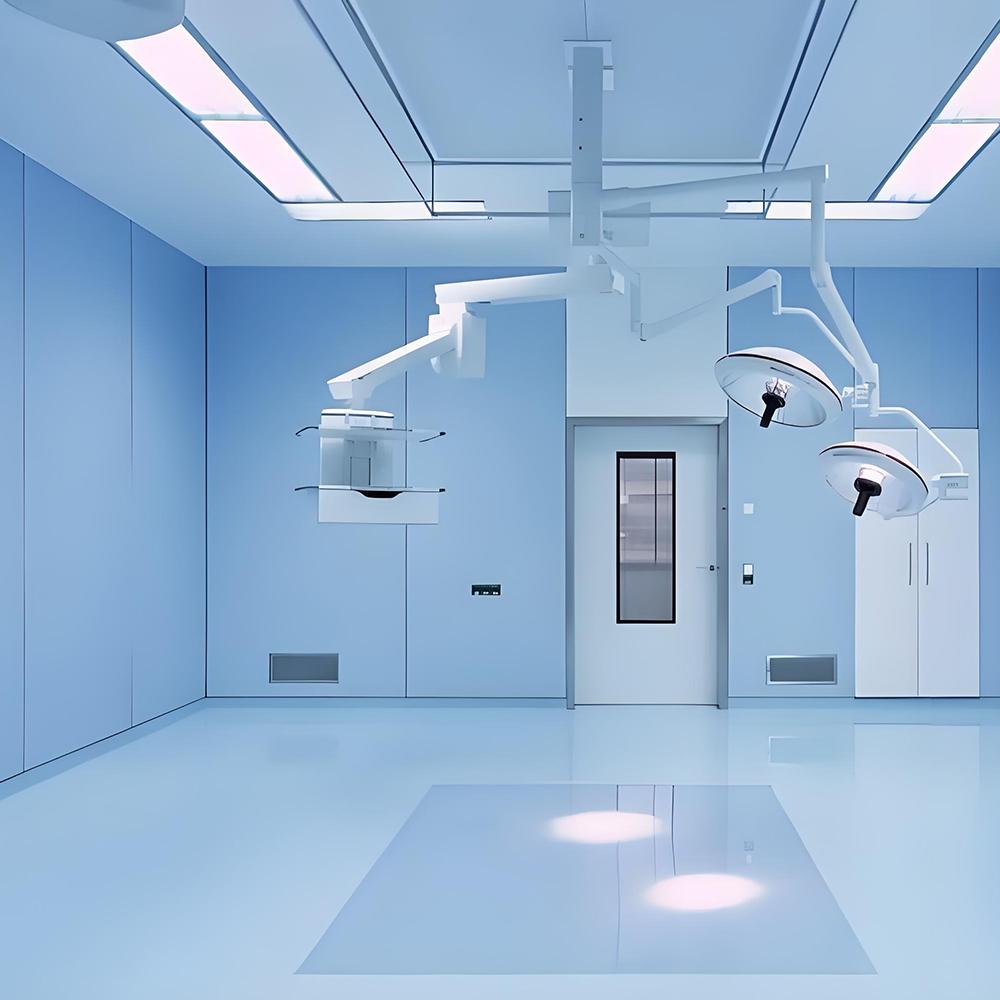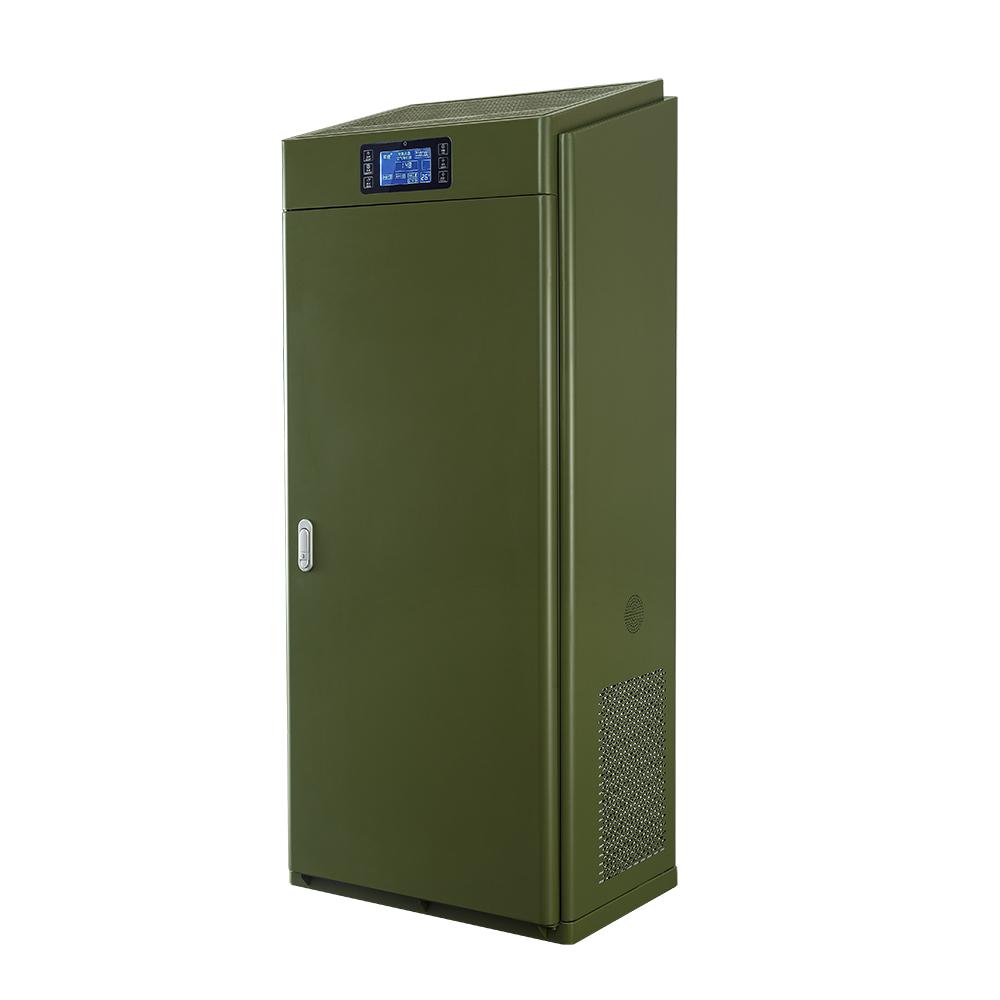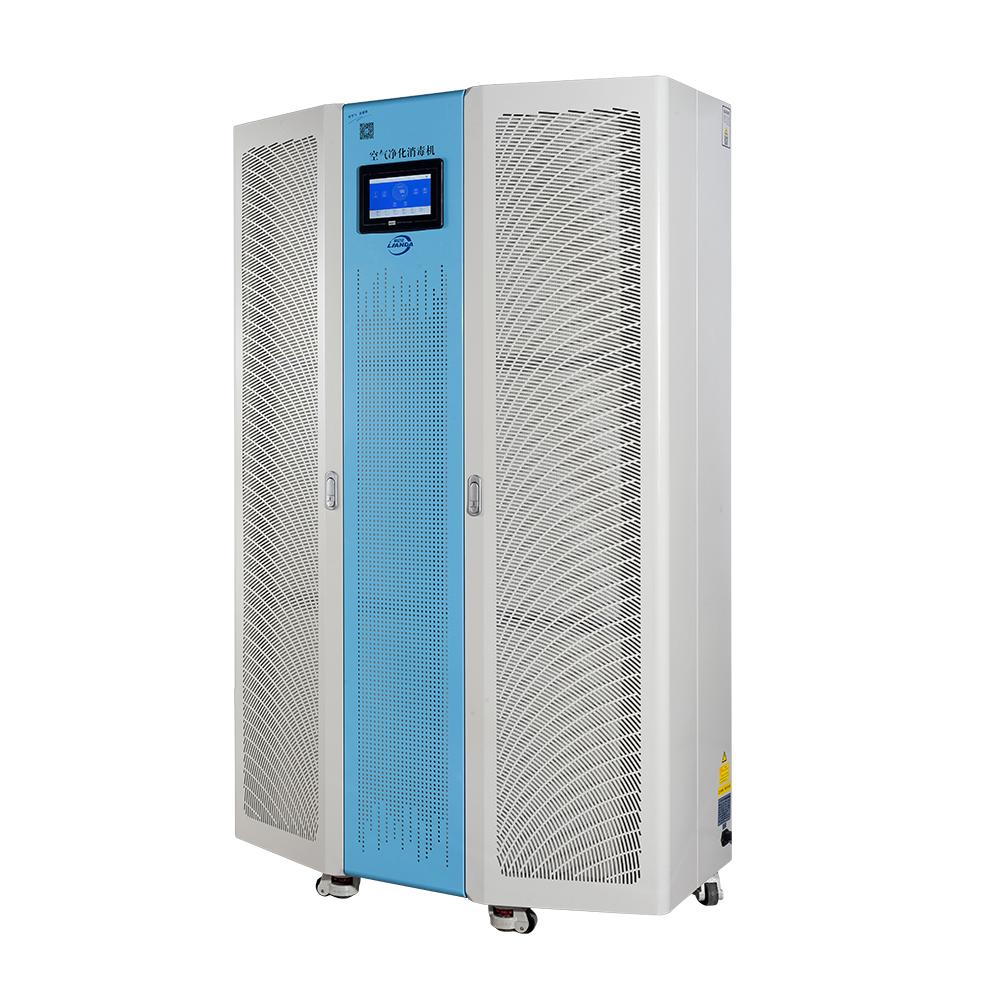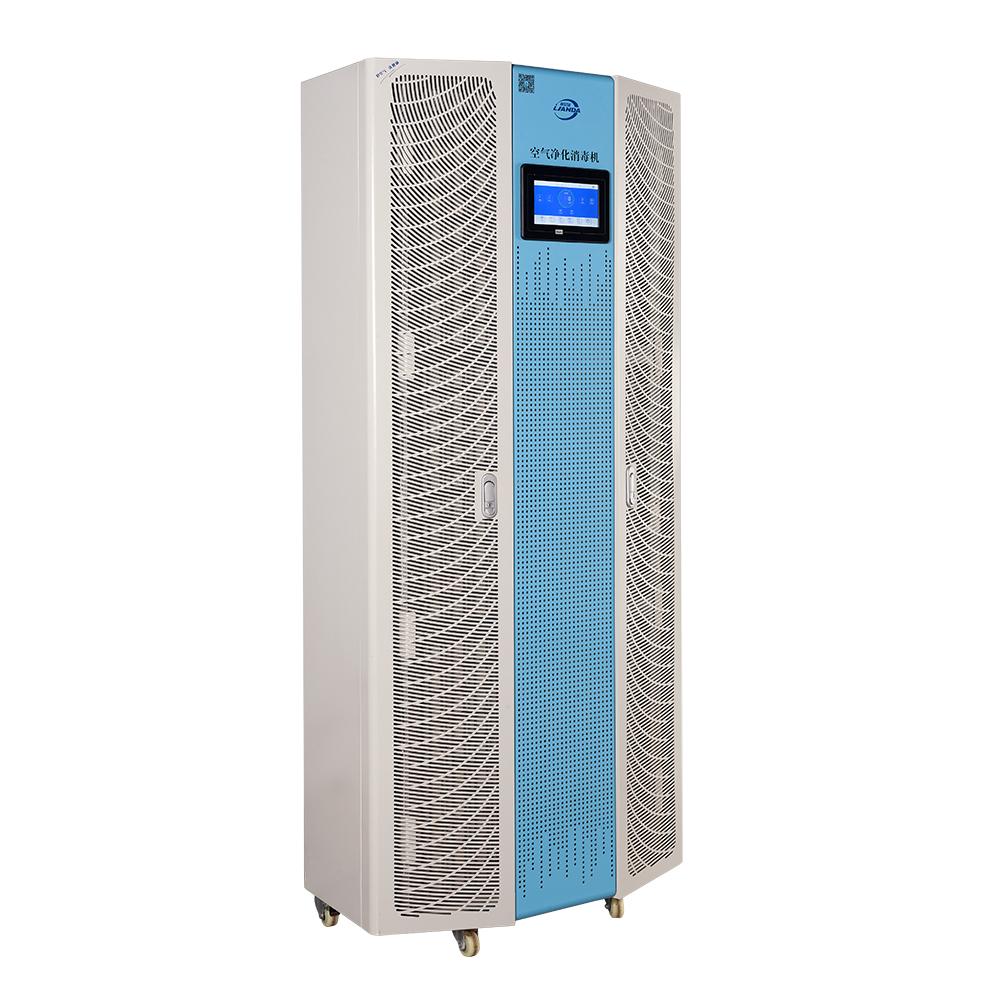Cold catalyst, also known as natural catalyst, is an emerging air purification material after photocatalytic air purifiers. At room temperature, it can catalyze the decomposition of harmful gases into harmless substances, such as converting formaldehyde, benzene, etc. into water and carbon dioxide. Its characteristic is that the cold catalyst itself does not participate in the reaction and remains unchanged.
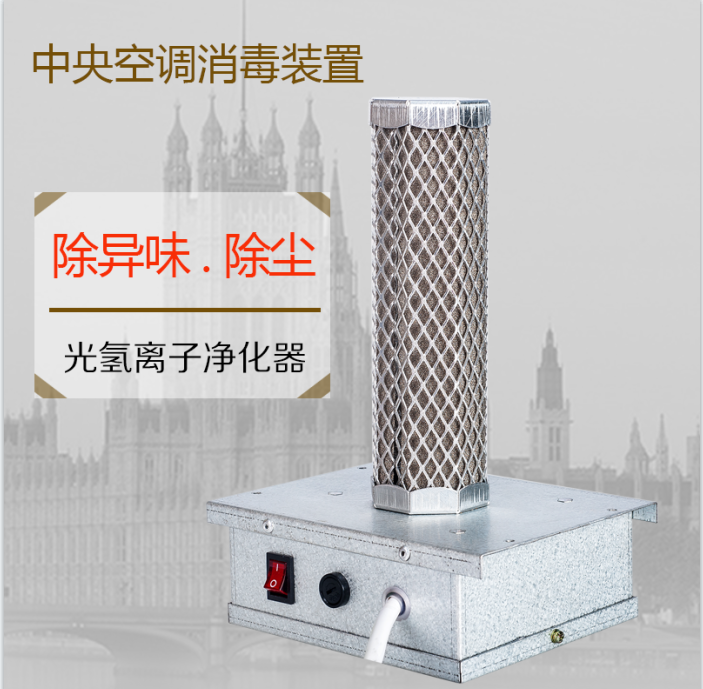
In contrast, photocatalyst technology is more well-known. The photocatalyst air purifier uses special photocatalyst materials, such as nano titanium dioxide, to generate strong catalytic degradation ability under the action of light, effectively decomposing toxic gases in the air and killing bacteria and viruses. Its advantage lies in not only purifying the air, but also increasing the negative ion content in the air and optimizing air quality.
The characteristics of photocatalyst air purifiers are their versatility and high efficiency. They not only purify the air, but also have multiple effects such as sterilization, deodorization, and anti fouling. Under the action of ultraviolet light, photocatalysts can generate strong oxidizing superoxide ion free radicals, which strongly decompose toxic and harmful substances in the air.
Overall, both cold catalytic and photocatalytic air purifiers have their own strengths. Cold catalysts are suitable for normal temperature environments and are easy to operate; Photocatalysts, on the other hand, have more comprehensive functions and can perform better under specific lighting conditions. The application of these two technologies heralds continuous innovation in the field of air purification, bringing fresher air to modern life.
Photocatalytic air purifier, an indispensable artifact in modern homes, brings a new round of fresh air to families with its unique purification mechanism. This purifier combines activated carbon and high-tech photocatalyst technology to effectively remove harmful substances and microorganisms in the air, creating a healthier and more comfortable living environment for families.
The working principle is as follows: The photocatalyst air purifier contains activated carbon, which can strongly adsorb harmful gases such as formaldehyde, benzene, TVOC, and bacteria suspended in the air indoors. Under the irradiation of ultraviolet light, the photocatalyst material undergoes a chemical reaction, decomposing these harmful substances and converting them into harmless water and carbon dioxide. Meanwhile, this process can also kill various bacteria and molds, effectively preventing their growth and reproduction.
The advantages of photocatalyst air purifiers are obvious. At first, it could thoroughly purify the air, remove various harmful gases and microorganisms, and ensure the respiratory health of family members. Secondly, it also has functions of deodorization, dehumidification, disinfection and sterilization, which can improve the overall living environment of households. More importantly, this purifier does not generate secondary pollution and is very safe and reliable to use.
Maintaining a fresh and healthy living environment is particularly important in the fast-paced and high-pressure modern life. Photocatalytic air purifiers are such an efficient solution. It not only improves air quality, but also brings peace of mind and comfort to families. Whether in the living room, bedroom, or office, it can be a powerful assistant to improve the quality of life.
In short, photocatalyst air purifiers have become an indispensable part of modern households. It has won the trust and praise of consumers for its efficient purification ability and safe and reliable user experience. In the future, with the continuous progress and innovation of technology, photocatalyst air purifiers will continue to bring us more fresh and healthy air, making our lives more beautiful.

